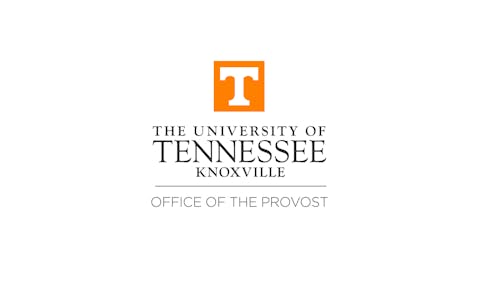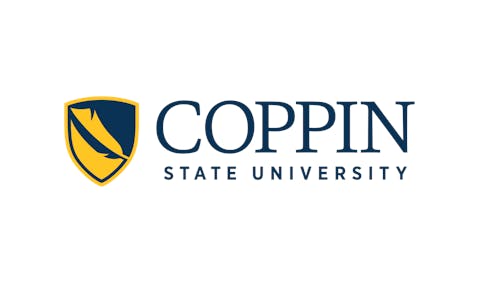This past week the House of Representatives passed landmark legislation to overhaul student college loan programs and redirect billions in projected savings to student aid and other education programs. Among its most significant changes, the Student Aid and Fiscal Responsibility Act (HR 3221) would eliminate the bank-based Family Federal Education Loan Program (FFELP) and make the federally run Federal Direct Loan Program the primary federal loan program.
According to its sponsors, the savings from the legislation will be used to guarantee access to low-cost loans and make college more affordable by substantially increasing the maximum Pell Grants and increasing investment in Perkins Loans over the next 10 years. The bill also includes significant funds for community colleges, funds to improve college access and completion rates, and a simplification of federal financial aid application forms. The bill now goes to the Senate for consideration. But let’s consider the potential implications of this new legislation for Latino students in higher education.
The rhetoric and public attention on this legislation have focused on the cost savings and reinvestment in financial aid programs. There is little doubt the significant increases in student financial aid will have an impact on Latino students. However, less attention has been paid to the implementation of these landmark changes. And, at the end of the day, implementation will mark the true impact of this legislation on Latino and other students.
As we push to increase savings and invest in new programs, we must also have an honest assessment of what the system of lending did provide. To compete, FFELP providers invested in outreach and services to well-served as well as underserved populations, including Latinos. In general, the efforts by these providers meant the federal government (and many states) did not have to invest heavily in their own targeted outreach and service provision strategies to underserved populations. With this proposed legislation, however, this will change.
Historically, the federal government has not done a commendable job of reaching out to the Latino population. Latinos are underrepresented in the federal government and my personal experience as a federal employee reinforces my perception there is a profound ignorance about the Latino population by many who are responsible for implementing federal legislation.
What is the tactical federal plan to reach Latino communities so they are aware of their options and can make informed choices to pay for college? Translating a few publications into Spanish does not constitute a tactical plan. Targeting Hispanic-serving Institutions (HSIs) may provide one strategy in an outreach plan, but almost half of Latinos in higher education do not enroll at HSIs. Given the limited resources at most HSIs, these institutions alone do not constitute a tactical federal plan.
The House of Representatives has done a commendable job of finding ways to restructure and redistribute more financial resources to help meet the Obama administration’s goals of graduating the most college graduates in the world by 2020. However, to truly realize the expected benefits of this landmark legislation, a concrete federal plan to better serve Latino and other underserved populations that compliments the shift to federal management of loans and new educational programs is needed. Is the federal government ready to take on this added responsibility?


















